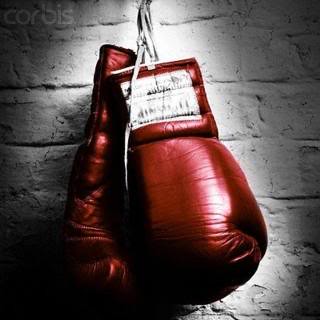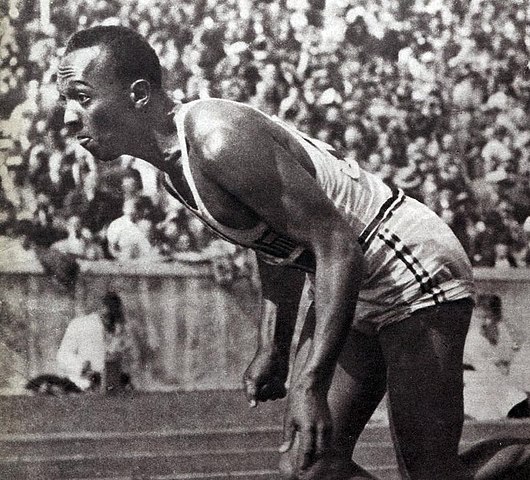The main types of gloves in boxing
How to choose the right gloves if you want to do combat sports
If you are a fan of boxing, kickboxing, Muay Thai or MMA, if you want to train and practice some of these sports, or at least one, then you will need a pair of gloves. They help protect your hands when you're hitting the big punches, sparring with one of the other trainers, or participating in a match. They also reduce the risk of injury, both for you and your partners.
Boxing gloves are made of different materials, have a variety of weights and designs depending on the situation and the sport. In the following lines, we will tell you a little more about the different types, and this can also help you choose the right ones for you, because this is a significant decision before you start doing any combat sport that requires similar equipment.
The four main types of gloves according to their use are: training gloves, bag gloves, sparring gloves, and matches.
Training gloves are everyday gloves suitable for standard activities against a partner with paws to practice your technique on. They are made to provide the maximum balance between protection and better performance. They are usually a bit looser, wider to make it easier to put on and take off.
Those for hitting heavy sacks, or "bag gloves", suggest that they should be a bit flatter, offer higher speed, ie. to be lighter and more suitable for impact work. They are more popular among professional fighters than amateurs.
Sparring gloves are made to prevent injuries during training fights. Usually, heavier gloves with a thicker protective layer are used for this purpose. They soften the blows. Most gyms require 16 oz sparring gloves, which is about 453 grams and is among the heaviest gloves.
Match gloves are the ones used for the competitions. They are lighter than the training ones, with less protective covering than all others to allow for heavier, stronger and more damaging blows to the opponent. They can also be of different types depending on the sport, such as boxing, MMA or Muay Thai. Their usual size is between 6 and 10 ounces, or between 170 and 285 grams. Of course, this varies according to the rules under which the bouts are held, as well as the sport for which they are intended.
The gloves you choose to practice a certain sport can be made in different ways. They can be made of natural or artificial materials, sewn by hand or by machine. The protective layers can also be of different materials. Most often, it is a special protective foam that does not change its shape and lasts for a very long time. As time goes by, natural materials can't offer that much better quality for the price, and the microfiber elements in some new faux leather gloves are definitely worth a look.
A key element in which gloves differ is their size, which is determined by their weight. They typically weigh between 6 and 18 ounces for training and sparring, and between 6 and 10 ounces for matches. Again, we draw your attention to the fact that different gloves are used for different sports. To choose the size of the gloves, it is judged by your weight. Usually, the heaviest ones choose larger or heavier gloves, and the lightest ones stop at the smaller sizes. For example, if you are between 68 and 80 pounds, the best gloves for you are between 10 and 12 ounces for training, between 16 and 18 for sparring, and 10 for professional matches.
There are also different types of gloves based on how they cover your hand, or how they fit on it. There are gloves that slip on very loosely and stick easily, even if they already have the other glove on the other hand. They are most often used for training. For a better fit on the hand, professional kickboxing and boxing matches use gloves that are tied with ropes to fit around your wrists more securely and require the help of someone to tighten them. Punching gloves usually provide freedom for your thumb and only protect the other four fingers. MMA gloves have cut fingers. Their sizes are not in ounces, but in the well-known M to XL scheme.
There are also special gloves for children, for beginners, for people who have yet to get into good sports shape. They are far from professional, but the way they are selected is the same as we have talked about so far. There have also been many different types of gloves over the years from their inception in the late 19th century until now, but in this article we have only focused on the different types that currently exist.




